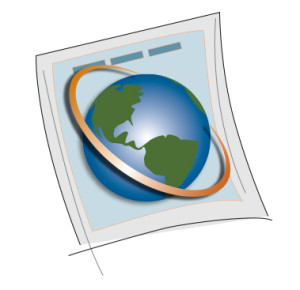This is the latest Websites of Note, a regular feature in the ECS magazine Interface researched by Zoltan Nagy, a semi-retired electrochemist.
Corrosion Electrochemistry and Kinetics – P.R. Roberge, McGraw-Hill Professional
Two very detailed introductory websites of corrosion and its connection and measurements by electrochemistry. Find the second site here.
Cathodic Protection – Deepwater Corrosion Services
A series of a large number of papers dealing with all aspects of cathodic protection, theory, and applications.
Kinetics of Aqueous Corrosion – Dept. of Materials Science and Metallurgy, (U. of Cambridge)
A very good series of teaching material about corrosion and its connection to electrochemistry with practical applications.
Anodic Protection: Its Operation and Applications – J.I. Munro and W.W. Shim, Corrosion Services Co. Ltd
Detailed theory and applications of anodic protection, which somehow nowadays does not seem very practical, though it made big news about fifty years ago.
Dr. Nagy welcomes suggestions for entries; send them to nagyz@email.unc.edu.
P.S. If you haven’t checked out Dr. Nagy’s Electrochemistry Knowledge Base, make sure to head over to the site to see the huge wealth of electrochemical resources that he has curated.



